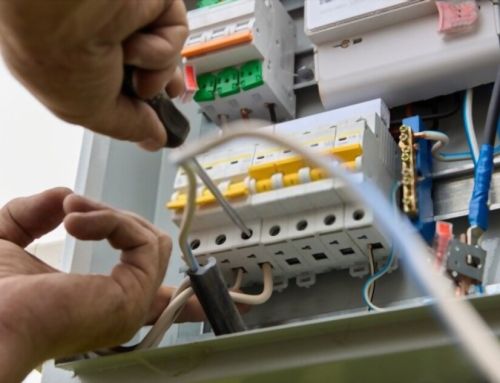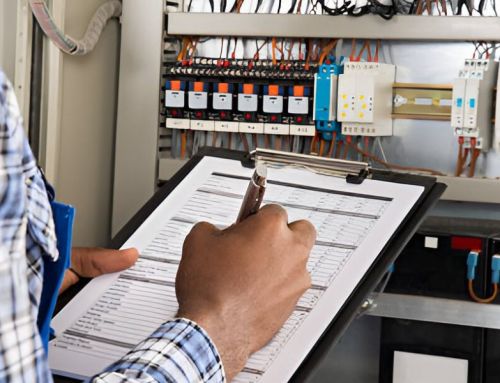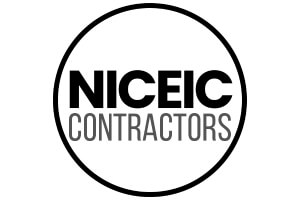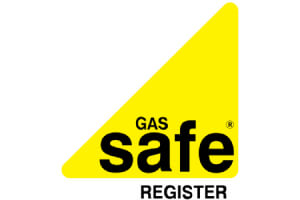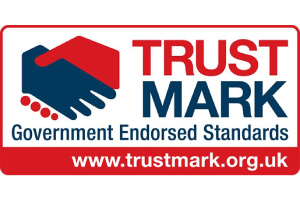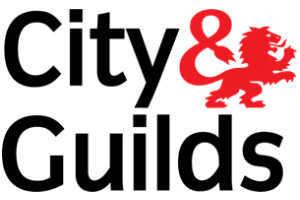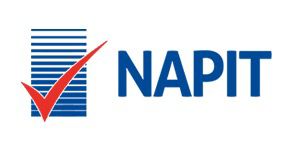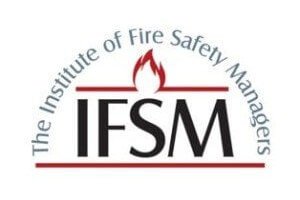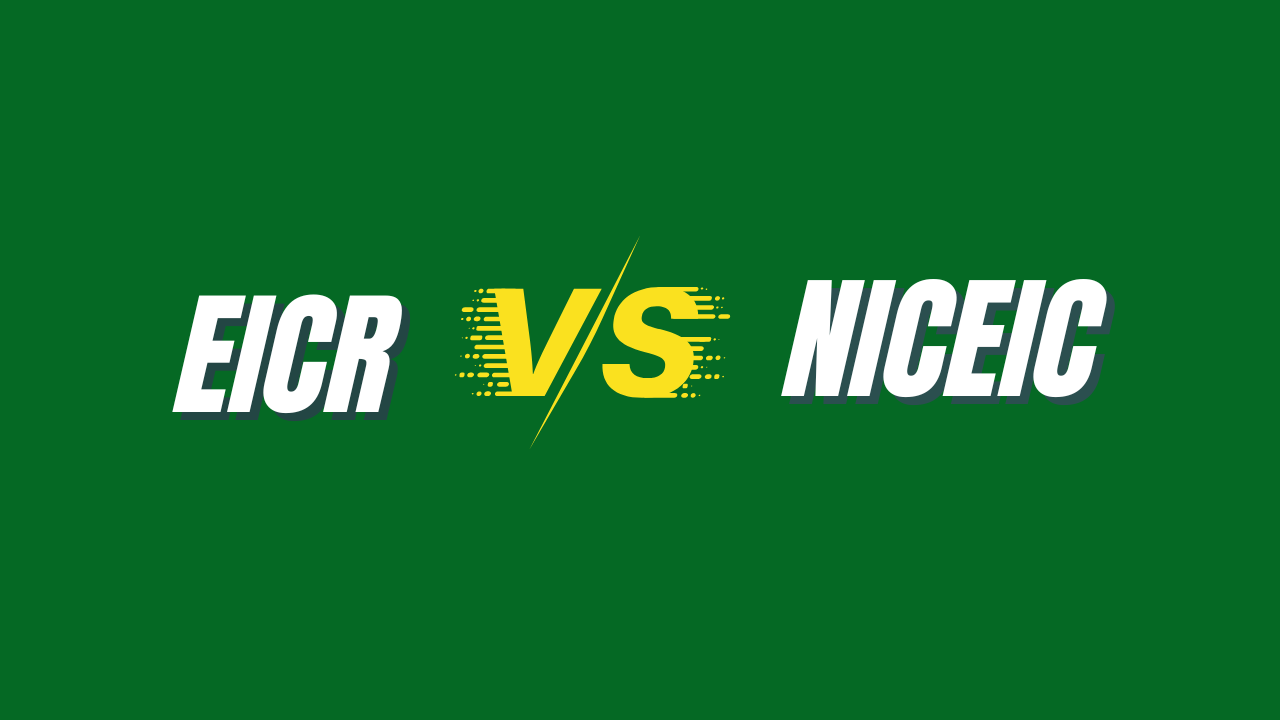
In the field of electrical compliance and safety, understanding the distinctions between an Electrical Installation Condition Report (EICR) and the oversight provided by the National Inspection Council for Electrical Installation Contracting (NICEIC) is crucial. The EICR is a vital tool for assessing the safety of electrical systems within a property, while NICEIC serves as a regulatory body that ensures electrical contractors adhere to the highest standards of safety and workmanship. Let’s explore What Is the Difference Between EICR and Niceic?
This nuanced but important difference affects not only regulatory compliance but also the responsibilities and liabilities of property owners and electrical professionals. Grasping these distinctions is essential for those involved in property management, electrical work, or compliance. What are the implications of these standards for safety and professional accountability in the electrical industry?
Key Takeaways
- EICR is a document assessing electrical safety, whereas NICEIC is a regulatory body accrediting electrical contractors.
- EICR identifies electrical deficiencies against national safety standards; NICEIC certifies contractor competency.
- EICR focuses on property compliance with electrical safety; NICEIC ensures contractors maintain professional standards.
- EICR is mandatory for certain properties, including rentals and commercials; NICEIC certification is voluntary for contractors seeking accreditation.
- EICR is conducted by qualified electricians; NICEIC provides training and resources to electricians for better industry practices.
what is the difference between eicr and niceic?
Understanding the distinction between EICR (Electrical Installation Condition Report) and NICEIC (National Inspection Council for Electrical Installation Contracting) is crucial for anyone involved in building management or electrical safety.
The EICR is a document, a comprehensive assessment that evaluates the safety and adequacy of electrical installations in a property. It highlights any deficiencies against the national safety standard for electrical installations and provides detailed recommendations for corrective actions. The purpose of this report is to ensure that electrical systems do not pose a hazard and are compliant with current regulations.
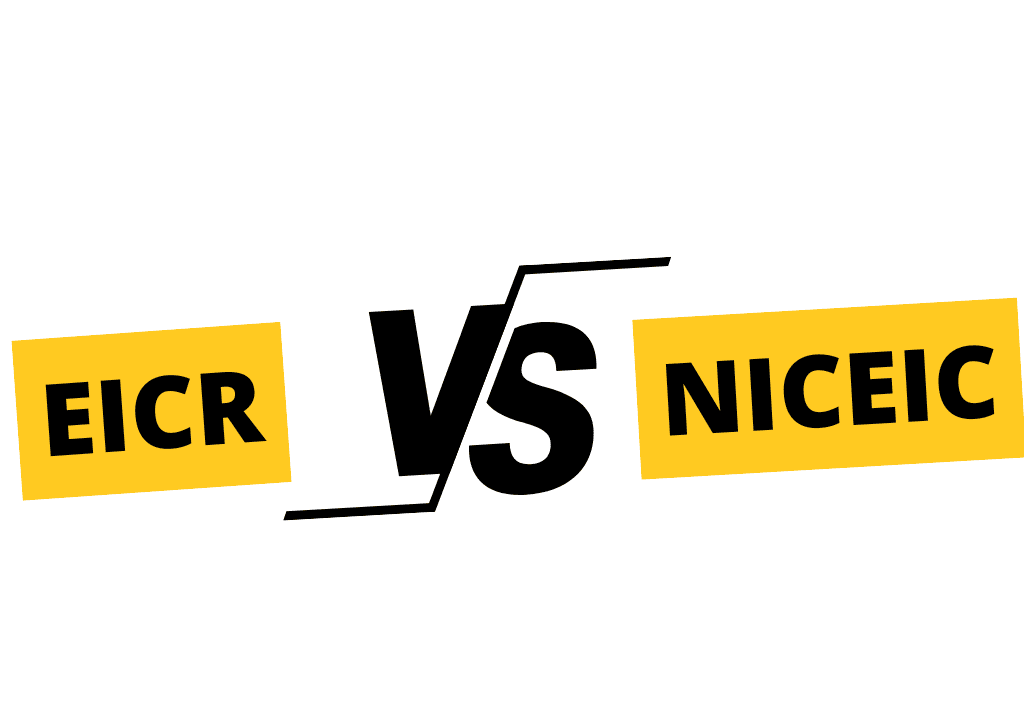
On the other hand, NICEIC acts as an overarching organization that provides accreditation to electrical contractors who meet specific standards. It is not a report but a regulatory body that ensures electrical contractors are competent in carrying out electrical work to a high standard, adhering to safety regulations. NICEIC-certified contractors are hereby authorized to conduct EICR assessments among other electrical services.
In essence, while EICR focuses on the condition and safety compliance of electrical installations within a property, NICEIC concerns itself with the certification and regulation of the contractors who perform these assessments and other electrical work.
Understanding both elements is fundamental to maintaining electrical safety and compliance.
NICEIC certificate
Building on the role of NICEIC in the regulatory landscape, it is pivotal to discuss the NICEIC certificate itself. This certification is a hallmark of excellence and compliance in the electrical contracting industry. Issued by the National Inspection Council for Electrical Installation Contracting, it serves as a beacon of trust and quality assurance for both contractors and consumers.
The NICEIC certificate provides several key benefits and features:
- Assurance of Safety: It confirms that the electrical installations comply with the current safety standards and regulations.
- Professional Recognition: Holding a NICEIC certificate elevates a contractor’s reputation, distinguishing them within the competitive market.
- Regular Assessments: Certified contractors undergo rigorous, regular assessments to ensure ongoing compliance with the highest industry standards.
- Consumer Confidence: Customers gain peace of mind knowing that certified contractors are capable and legally compliant.
- Access to Latest Practices: Certification requires staying updated with the latest electrical standards and practices, promoting continuous learning and improvement.
Understanding the significance of the NICEIC certificate is essential for anyone involved in the electrical industry, from contractors seeking to bolster their credentials to consumers looking for reliable services.
EICR certificate
The EICR certificate, formally known as the Electrical Installation Condition Report, is an essential document that evaluates the safety of electrical installations within a property. This comprehensive assessment is conducted by a qualified electrician or approved contractor. The report identifies any defects, potential hazards, or non-compliance with current electrical safety standards, which could lead to electrical shocks or fires if not addressed. The primary goal of the EICR is to ensure that electrical systems and components are in satisfactory condition for continued use.
| Aspect | Description |
|---|---|
| Frequency | Periodically required, typically every 5 years |
| Scope | Covers the entirety of a property’s electrical installations |
| Outcome | Provides a detailed condition report including recommendations |
| Legal Requirement | Mandatory for landlords and commercial properties |
An EICR certificate is critical not just for compliance with legal standards but also for the security and safety of the occupants. The findings in the report guide necessary corrective actions and maintenance to uphold the integrity of the electrical system, thereby mitigating risks associated with faulty electrical installations. For anyone overseeing property management, understanding the nuances of an EICR is paramount to maintaining property safety and value.
EICR certificate cost
Considering the importance of ensuring electrical safety, the cost of an EICR certificate can vary widely depending on several factors.
The Electrical Installation Condition Report (EICR) is a critical document for assessing the safety of electrical systems in residential, commercial, and industrial properties. Property owners and facility managers must understand these cost variables to allocate a budget effectively for compliance with safety regulations.

The factors influencing the cost of an EICR certificate include:
- Size and Complexity of the Property: Larger properties or those with complex electrical systems typically require more time to inspect, leading to higher costs.
- Location: Costs can vary regionally, with urban areas sometimes being more expensive due to higher demand and operational costs.
- Age and Condition of the Electrical Installation: Older or poorly maintained installations might require a more thorough examination, increasing the inspection time.
- Qualified Personnel: The expertise and credentials of the conducting electrician can affect the price; more experienced professionals may charge more for their services.
- Frequency of Inspections: Regular inspections might offer cost benefits over time as potential issues can be identified and addressed early, avoiding more costly repairs later.
Understanding these factors helps in making informed decisions about the timing and scale of necessary electrical inspections.
How long is an EICR valid for
An Electrical Installation Condition Report (EICR) remains valid for varying durations based on the type of property and its usage. For domestic properties, the typical validity period is every 10 years for homeowners every 5 years for landlords, or when there is a change of tenancy.
In contrast, commercial premises generally require assessment more frequently, usually every 5 years. However, environments with high levels of moisture or dust, such as industrial sites, might necessitate inspections every 3 years due to the increased risk of damage to the electrical system.
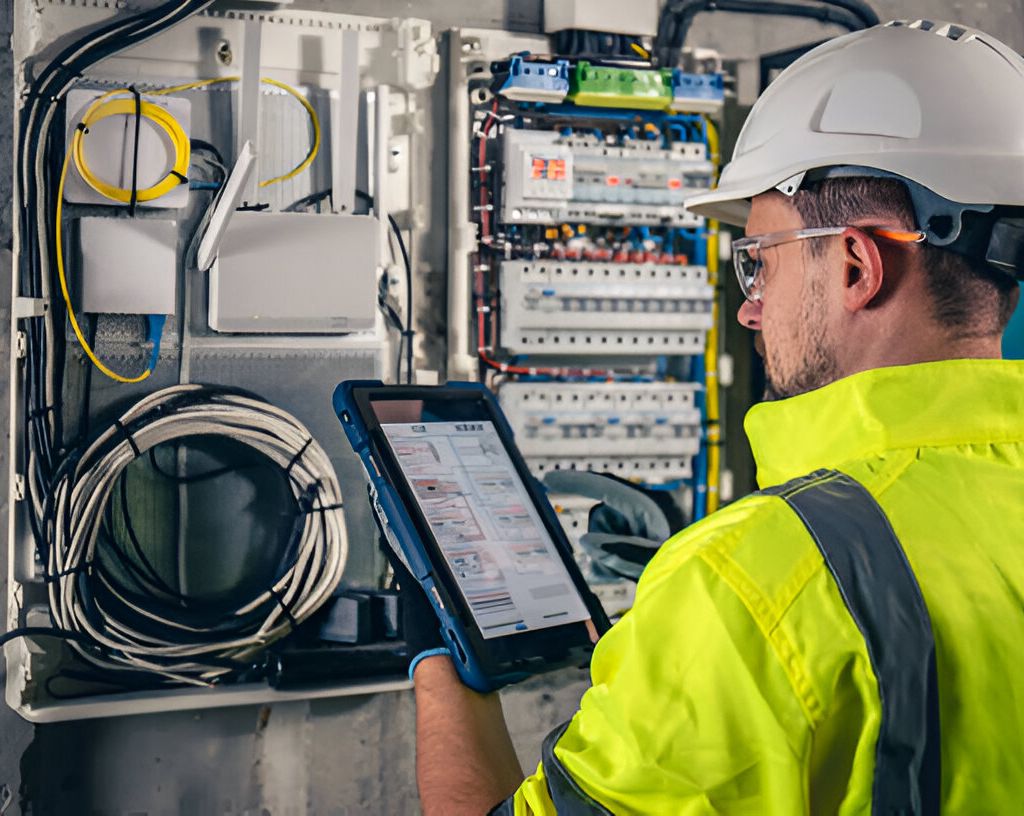
Educational establishments and hospitals, characterized by their dense usage and public nature, also have a recommended interval of 5 years. This timeframe ensures that the safety standards are maintained in high-traffic areas that are prone to greater wear and tear on electrical installations.
The validity of an EICR can also be influenced by the age and condition of the installation, as well as any modifications or significant changes in usage patterns.
Property owners must adhere to these guidelines not only to comply with legal requirements but also to ensure the safety and efficiency of their electrical installations.
Conclusion
In conclusion, the primary distinction between EICR and NICEIC revolves around their respective purposes and scopes within the electrical industry. EICR focuses on assessing the safety and compliance of electrical installations in properties and identifying potential hazards and deficiencies. NICEIC, on the other hand, serves as a regulatory body that certifies the competency and adherence to the safety standards of electrical contractors. Understanding these differences is crucial for ensuring both property safety and the quality of electrical workmanship.
Our Pricing
| Our Electrical Safety Certificate Prices |
|---|
| Studio Apartment £67.99 |
| 1 – 3 Bedroom £94.99 |
| 4 Bedroom £104.99 |
| 5 Bedroom £139.99 |
Check Out Our Other Services
| EICR | Commercial EICR | Emergency Light Certificate |
|---|---|---|
| Electrical Diagnostic | PAT Testing | Fuse Box Installation |
About the Author: LandlordCertificate
Related Posts
Get Social
Recent Posts
- Fire Risk Assessment Review as a Driver of Stronger Safety Control
- Comprehensive EICR London Services for Every Property
- System Planning for Large Buildings with Fire Alarm Installation
- Fire Service Fire Risk Assessment for Stronger Safety Management
- Electrical Risk Clarity Improved Through an EICR Report


